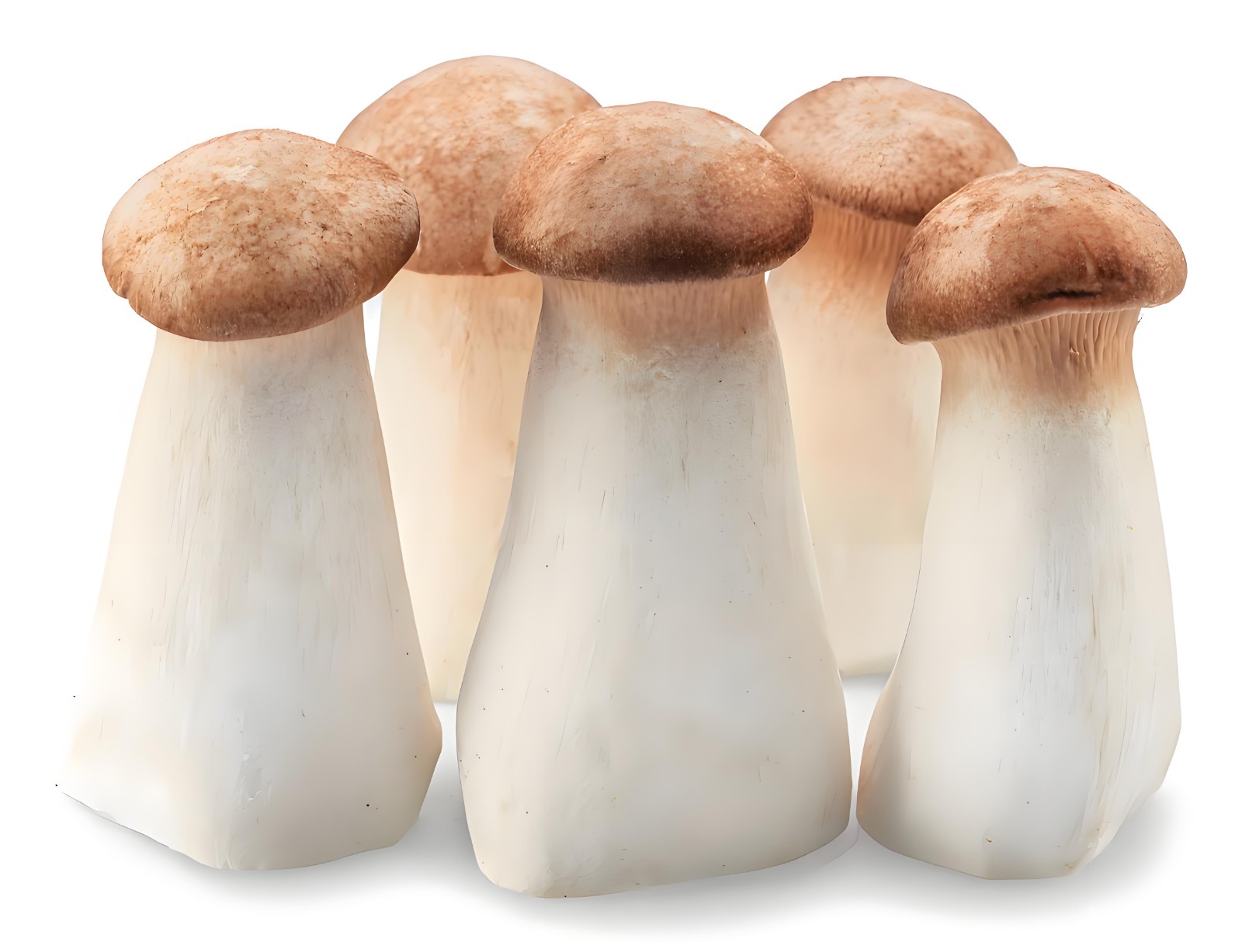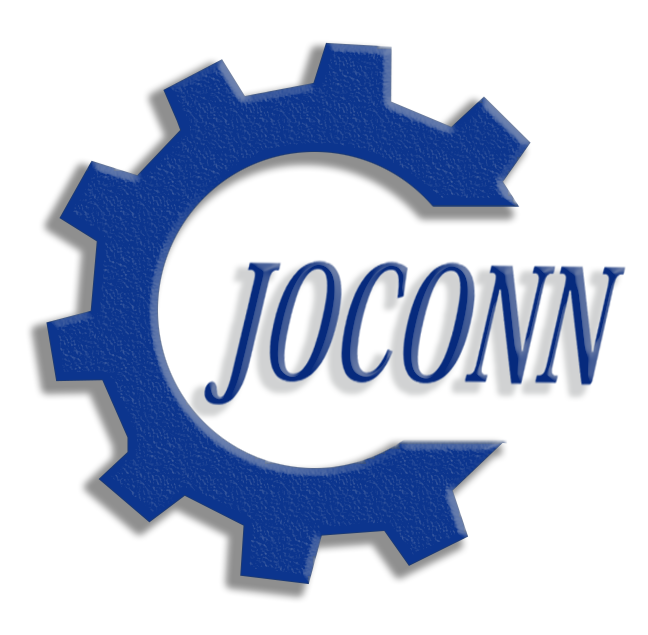
Discussion on nitrogen content: Different fungi require different formulas, which is determined by their species. In the formula for edible fungi cultivation, agricultural and sideline product scraps are both nitrogen and carbon sources, but the primary and secondary are different. When looking for substitutes, the price-performance ratio of price and nitrogen content should be considered, which is of practical significance for large-scale cultivation enterprises to reduce costs.
The core of the formula is the C/N ratio, and different fungi require different C/N. It is difficult to determine the carbon content of the cultivation material. There is no reliable data on the C/N ratio of different fungi, and the data of Agaricus bisporus are mostly used. In production, Kjeldahl titration is often used to determine the nitrogen content in the cultivation material, expressed as a percentage. The design of the formula should be carried out around whether the nitrogen content of the cultivation material after sterilization meets the corresponding standards.
The nitrogen content of the main cultivated fungi has been determined: 1.5% for Flammulina velutipes, 0.9%~1.05% for Hokkaido mushrooms, 1.2%~1.8% for Pleurotus eryngii (due to different strains), and 2.2% for Agaricus bisporus.
Adulteration of raw materials is common, and orders should be placed directly from reputable manufacturers. Large enterprises should pay more attention to the stability of raw materials, and the physical and chemical parameters of each batch of goods should be measured.
Discussion on soybean meal: After a lot of practice, Pleurotus eryngii bag cultivation enterprises have increased the ammonia content of cultivation materials by adding soybean meal to obtain high-yield, high-quality commercial mushrooms. The traditional low-nitrogen formula cultivation cycle is as long as 70~80 days. By switching to high-nitrogen cultivation materials, the cultivation period is shortened to only 55 days. According to traditional classical theory, excessive nitrogen content will prolong the vegetative growth time and tend to delay mushroom fruiting, but the company's practice has changed the traditional cultivation concept. The principle is: due to the use of soybean meal powder with high nitrogen content, it can be quickly used by the mycelium of Pleurotus eryngii, and the biomass proliferates rapidly. After the mushroom bag is full, it only needs to go through 7 to 10 days of physiological after-ripening before it can be transferred to the mushroom warehouse. Under the stimulation of low temperature, the mycelium is forced to switch from vegetative growth to reproductive growth. Because the bagging is relatively loose, there is a high degree of porosity, which provides space for mycelium reproduction, that is, the increase of biomass. Only with biomass can high yields be achieved, because the nutrients required for the development of mushroom buds come from mycelium.
[Discussion]
After the cultivation is completed, the cultivation bag can also be used to feed cattle, because soybean meal is a slow-acting fertilizer, and the residual nutrients in the waste bag of Pleurotus eryngii have a good palatability for ruminants; or it can be used as a raw material for growing straw mushrooms. After growing straw mushrooms, biological secondary transformation is achieved to obtain plant protein. Although the use of high-cost culture medium formula increases a little production cost, its comprehensive benefits are far higher than the formula with low nitrogen content.








